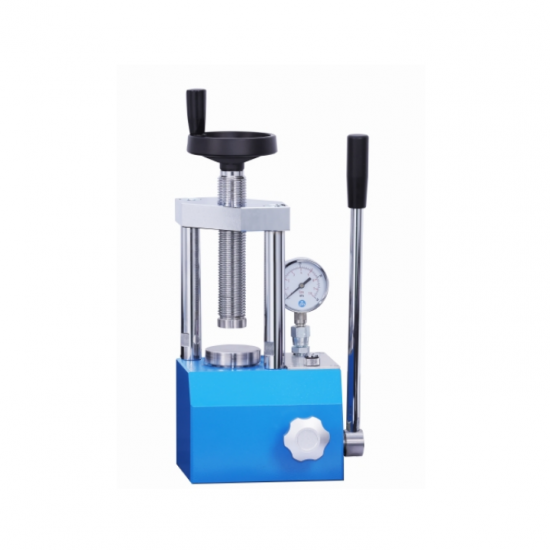เข้าร่วม TMAX, เป็นตัวแทน!
เข้าร่วม TMAX, เป็นตัวแทน!
Mini Hydraulic Press

ก่อนหน้า :
XRF hydraulic pressต่อไป :
Lab Hydraulic Press© ลิขสิทธิ์: 2025 Xiamen Tmax Battery Equipments Limited สงวนลิขสิทธิ์.

IPv6 รองรับเครือข่าย